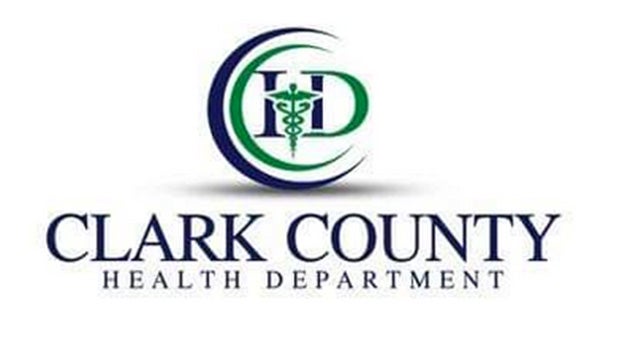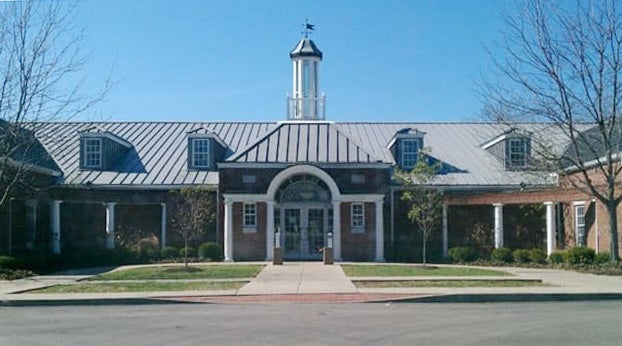STAMM: Identifying aquatic plants and algae is first step in effective pond management
Published 11:53 am Tuesday, August 18, 2020

- Clay Stamm is the Clark County Cooperative Extension Service agent for agriculture and natural resources.
|
Getting your Trinity Audio player ready...
|
Between March and September, the Extension Office gets a lot of questions about aquatic plant and algae control from owners of private ponds and lakes. Both tend to form when the water is warm, stagnant and has a lot of excess nutrients, particularly phosphorus.
In most cases, aquatic plants and algae are beneficial to aquatic environments. However, some types of algae can harm humans and other vertebrates.
Too much aquatic growth can cause management problems including human and livestock entanglements.
Large amounts of aquatic plants and filamentous algae can cause problems for swimming, fishing, boating and pumping water for irrigation.
Common aquatic plants and algae found in Kentucky ponds and lakes include:
— Cyanobacteria (blue green algae) often forms a green or bluish green film visible on the water’s surface and in the water that is called an algal bloom. They may cause the water to smell like rotting plants. While not all forms of cyanobacteria are dangerous, some can be harmful to people, pets and wildlife when the toxins they produce reach high levels.
— Euglena blooms are algae-like mobile organisms that may form a red or orange surface film and add a similar color to the water. Some types of euglena blooms can release toxins that cause a fish kill.
— Filamentous algae (pond moss) are green, hair-like fibers that may form dense surface mats that float up from the pond bottom.
— Duckweed are small, floating leaves with tiny, hair-like roots attached to the underside.
— Watermeal are floating, tiny green, gritty particles that will feel like sesame seeds or cornmeal when rubbed between the fingers.
— Creeping water primrose is a reddish vine, with variable shaped leaves that grows in shallow water. It will eventually get a small, yellow flower and can develop thick, shoreline growth and extend out into the pond.
— Pondweeds (actual name) – submersed plants that grow in shallow water and have either long or small oval leaves that grow alternately on the plant’s stem.
If you are concerned about the aquatic plant or algae growth in your pond or lake, we can help you identify the type of growth you have as a first step in the management process.
We accept close-up, digital images of aquatic plants and algae for identification. To make sure we can clearly see the plant, take the picture while floating a small amount of the fresh plant material in a shallow, white pan filled with water. It helps if you can separate a few strands of the plant sample in the pan. You can email digital plant images for identification to clay.stamm@uky.edu.
To help us give you the safest and most effective management recommendation, we also need to know your intended use for the water body. Some herbicide and algaecides have label restrictions based on specific intended uses.
More information on aquatic plant control and other pond management topics are available at the Clark County Extension Service Office of the University of Kentucky Cooperative Extension Service by calling 859-744-4682, or by contacting Kentucky State University’s Division of Aquaculture.
Texas A&M University’s website https://aquaplant.tamu.edu also has a lot of good information about aquatic plants and their control.
Clay Stamm is a Clark County Cooperative Extension Service agent for agriculture and natural resources. He can be reached at clay.stamm@uky.edu.





